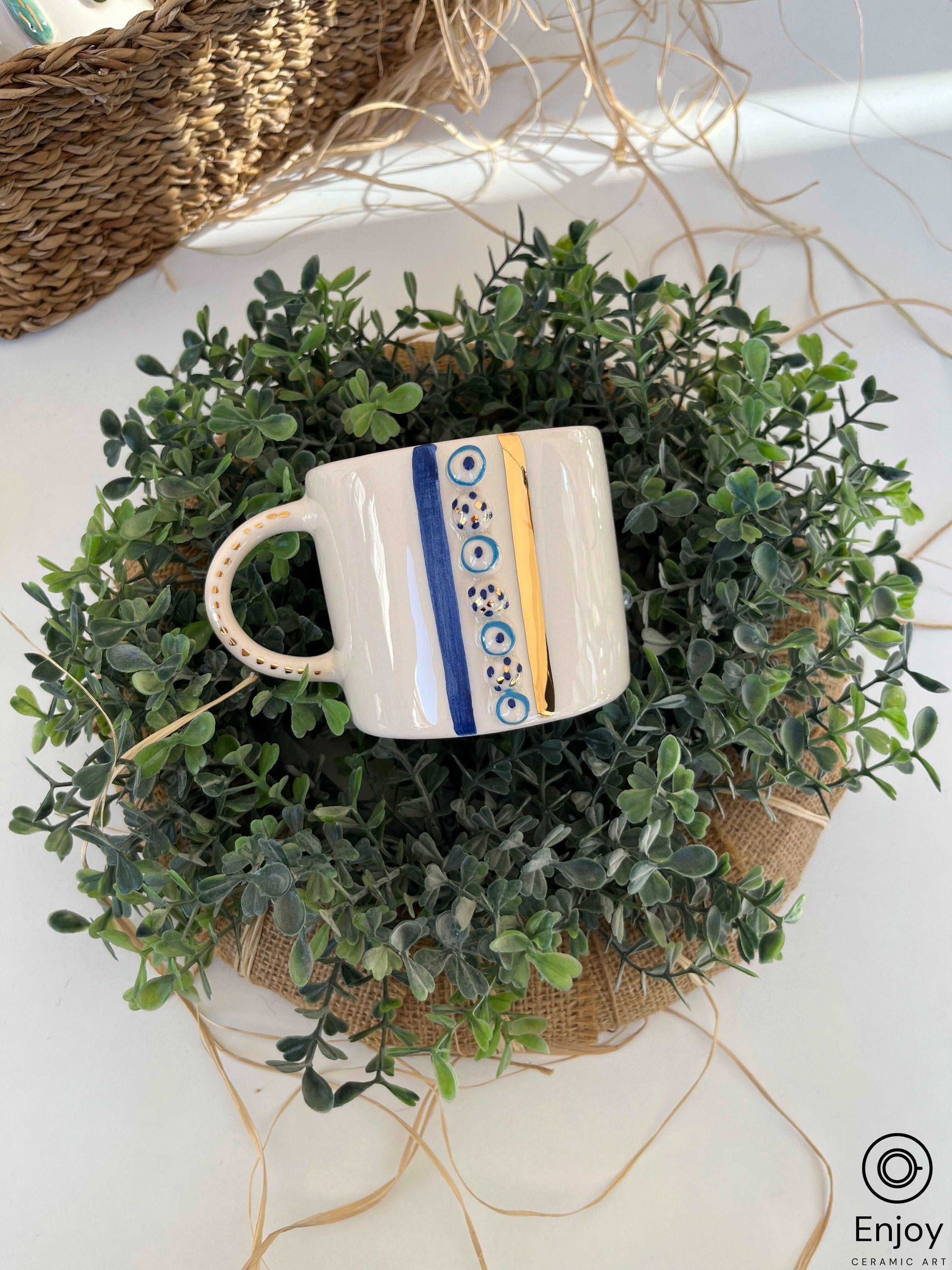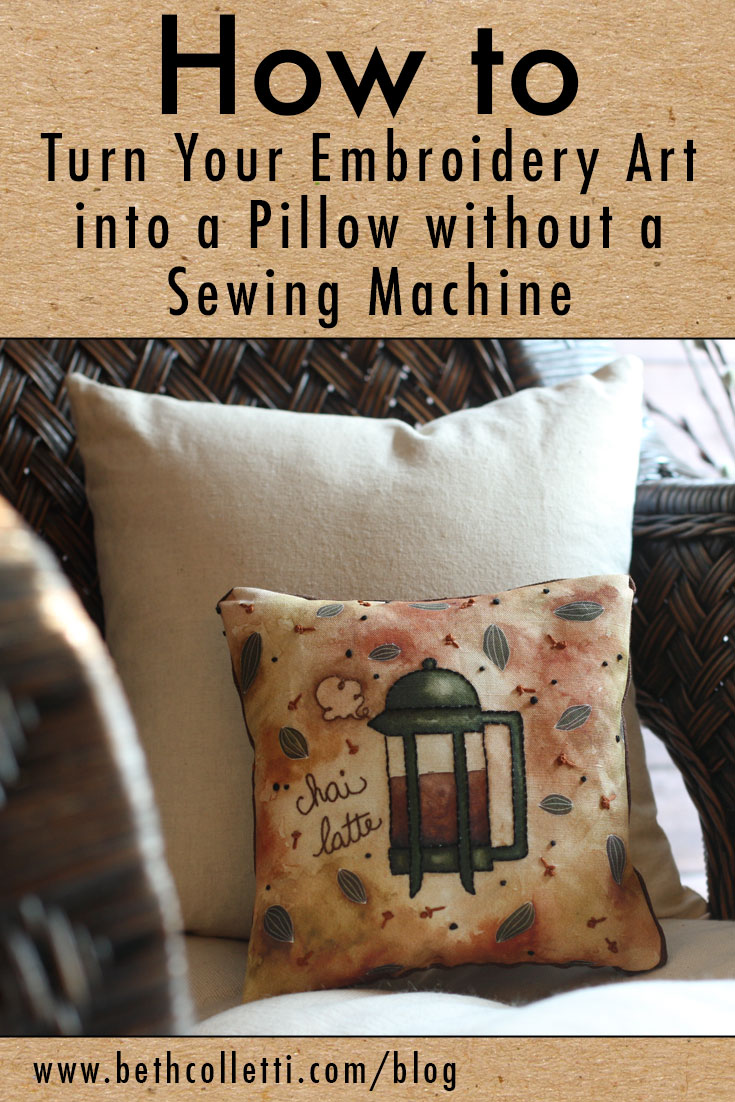The Only Guide for Top News Sites
The Only Guide for Top News Sites
Blog Article
Fascination About Unique Art
Table of ContentsWhat Does Unique Art Do?What Does Unique Art Mean?Excitement About Unique ArtWhat Does Unique Art Do?
While one could dispute which art type holds priority, the fact continues to be that each of these 7 types gives an one-of-a-kind window into human history, society, and advancement. They are the tapestries that chronicle our journey, reminding us of our past while inspiring visions for the future.Wonderful artwork informs a story, makes people look two times, and develops an unique experience that can't be matched. Art and images connect all of that via shade, shape and various other design elements. Discover exactly how to make your special artwork stand out from the group.

8 TRIA GIOVANEqual components grand and laidback, this entrance hall developed by Anthony Baratta is the excellent plan to follow if you're embellishing an official entrance that still feels unfussy and comfortable. Patterned textiles take spotlight (see the rugs and the sofa), yet they also aid bring the high ceilings down to a human range when hung over wallpaper.
Unique Art for Dummies
18 Heidi Caillier DesignA gallery wall does not need to take up the entire area. Often a small one can make a larger design declaration. In this living area, Hiedi Caillier decided for micro-mini frameworks and an arbitrary structure.
The aspects of this languageits shapes, lines, colours, tones, and texturesare made use of in different methods to produce experiences of volume, room, motion, and light on a level surface area. These components are incorporated right into meaningful patterns in order to represent real or supernatural phenomena, to interpret a narrative style, or to produce completely abstract visual partnerships.
Later on the idea of the "great artist" created in Asia and Renaissance Europe. Noticeable painters were paid for the social status of scholars and courtiers; they authorized their work, chose its style and frequently its subject and images, and established a more personalif not always amicablerelationship with their clients. Throughout the 19th century painters in Western cultures began to lose their social placement and protected patronage.
The smart Trick of Unique Art That Nobody is Discussing
Others made an earnings via exploring events of their work. The demand to appeal to a marketplace had changed the comparable (if much less impersonal) demands of patronage, and its result on the art itself was probably comparable. Normally, artists in the 20th century might get to a target market only via industrial galleries and public galleries, although their work may have been occasionally recreated in art periodicals.

Don't copy the design of other musicians if you're looking for your style. Duplicating other people's art work can be great in academic functions yet it will not make you closer to finding your own special style. Your creative style needs to be, what you like and what inspires you.
I would consider your very own style as a style you paint in normally, when you release all thoughts and policies and simply concentrate on painting, not considering it. Unique Art. The design needs to come normally to you when you are loosened up and you can't require it or click here for info it will not be your very own style, simply someone else's
Unique Art Can Be Fun For Everyone

With time you'll be able to sort all of them into your preferred and least favored categories. Attempt to focus your focus on the topics and tools that you like and before you see it coming you'll have your own individual and unique design, like no person else have! So in the end you'll have a couple of favorite topics to paint and possibly a couple of favored mediums.
The style needs to create itself over time with a great deal of practice and experiments - Unique Art. Thanks for reviewing this blog post and if you have any type of concerns leave them in the comments below, I 'd more than happy to answer these
Report this page